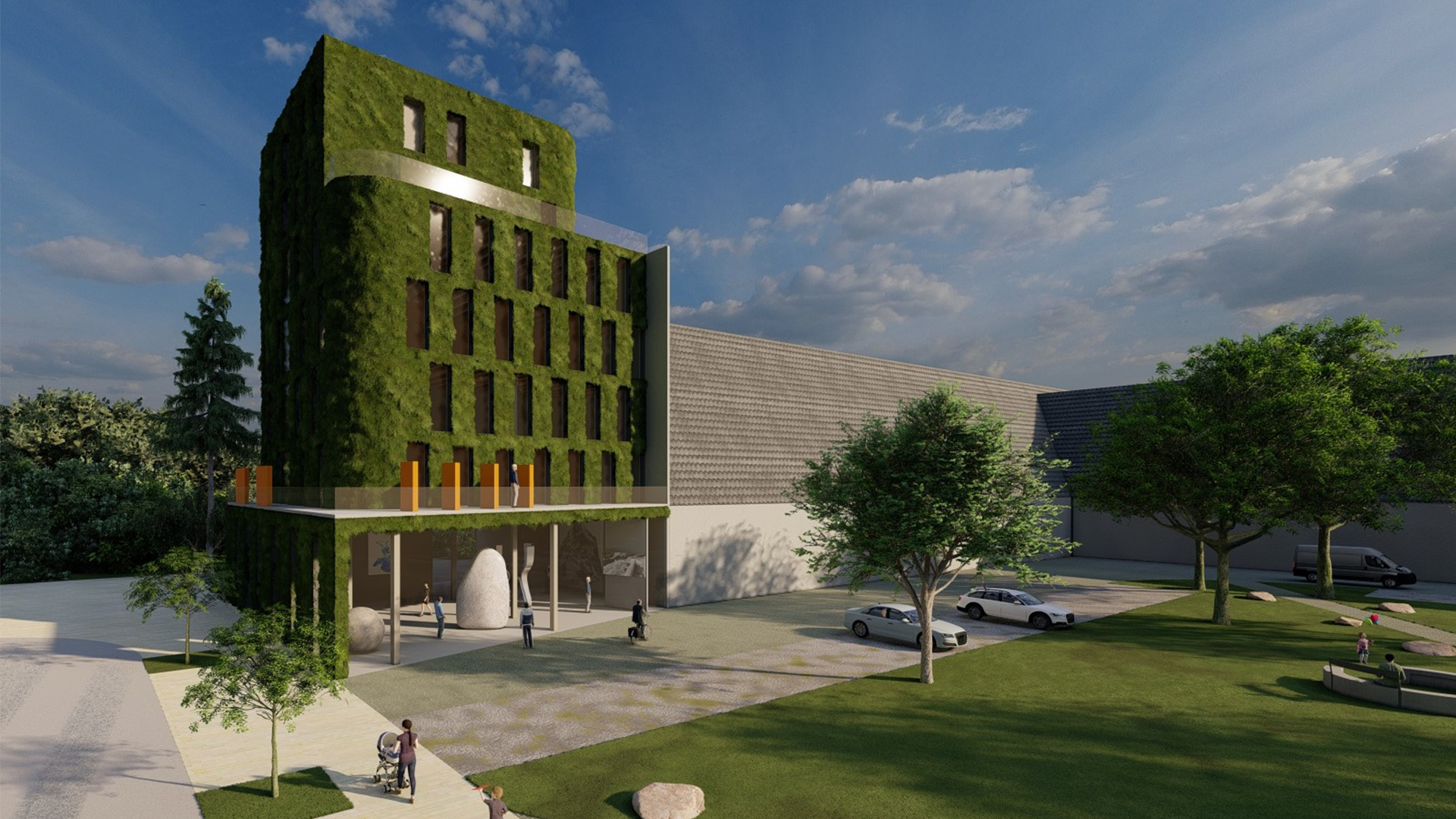11/2022
The house as material store – design of a studio house from materials in circulation
What does the circular home of the future look like, and is it presently feasible to construct a house entirely out of circular materials?
Sophia Niedermeier
Diploma in Architecture
E259-2 Tragwerksplanung und Ingenieurholzbau
Supervisor: Alireza Fadai
Along the entire value chain of a building, the extraction and processing of raw materials cause harmful emissions and other environmental impacts. For a sustainable construction industry, a broad approach must therefore be considered in the future over the entire life cycle: from the extraction of raw materials through the utilisation phase to the dismantling and recovery of resources.
Principles of planning
In a circular building, the entire life cycle is contemplated holistically, and the following are some important design principles:
1. Flexibility of floor plans and construction
2. Separability of components and materials
3. Circular material selection
4. Precise documentation
Every material has its justification. For the circular house, materials were presented that achieve a good cycle balance while causing the least possible negative impact on the environment. The selection of materials focused on the following questions:
1. Is the availability of the material guaranteed in the future?
2. How is the material obtained/manufactured?
3. How is the return to the technical or life cycle carried out?
At the end of each analysis, the respective cycle potential was recorded by determining the material loop potential (pre-use) and the material end-of-life (post-use).
Design of a studio house
The design represents an extension of the Domagkateliers in Munich. The aim was to simulate the entire life cycle, from the efficient use of sustainable resources to the dismantling of the building. For the resource-efficient and circular design, the components were compared and optimised in a specially developed matrix. Parts from demolished buildings could also be reused.
Along the entire value chain of a building, the extraction and processing of raw materials cause harmful emissions and other environmental impacts. For a sustainable construction industry, a broad approach must therefore be considered in the future over the entire life cycle: from the extraction of raw materials through the utilisation phase to the dismantling and recovery of resources.
Principles of planning
In a circular building, the entire life cycle is contemplated holistically, and the following are some important design principles:
1. Flexibility of floor plans and construction
2. Separability of components and materials
3. Circular material selection
4. Precise documentation
Every material has its justification. For the circular house, materials were presented that achieve a good cycle balance while causing the least possible negative impact on the environment. The selection of materials focused on the following questions:
1. Is the availability of the material guaranteed in the future?
2. How is the material obtained/manufactured?
3. How is the return to the technical or life cycle carried out?
At the end of each analysis, the respective cycle potential was recorded by determining the material loop potential (pre-use) and the material end-of-life (post-use).
Design of a studio house
The design represents an extension of the Domagkateliers in Munich. The aim was to simulate the entire life cycle, from the efficient use of sustainable resources to the dismantling of the building. For the resource-efficient and circular design, the components were compared and optimised in a specially developed matrix. Parts from demolished buildings could also be reused.
Diploma in Architecture
E259-2 Tragwerksplanung und Ingenieurholzbau
Supervisor: Alireza Fadai
